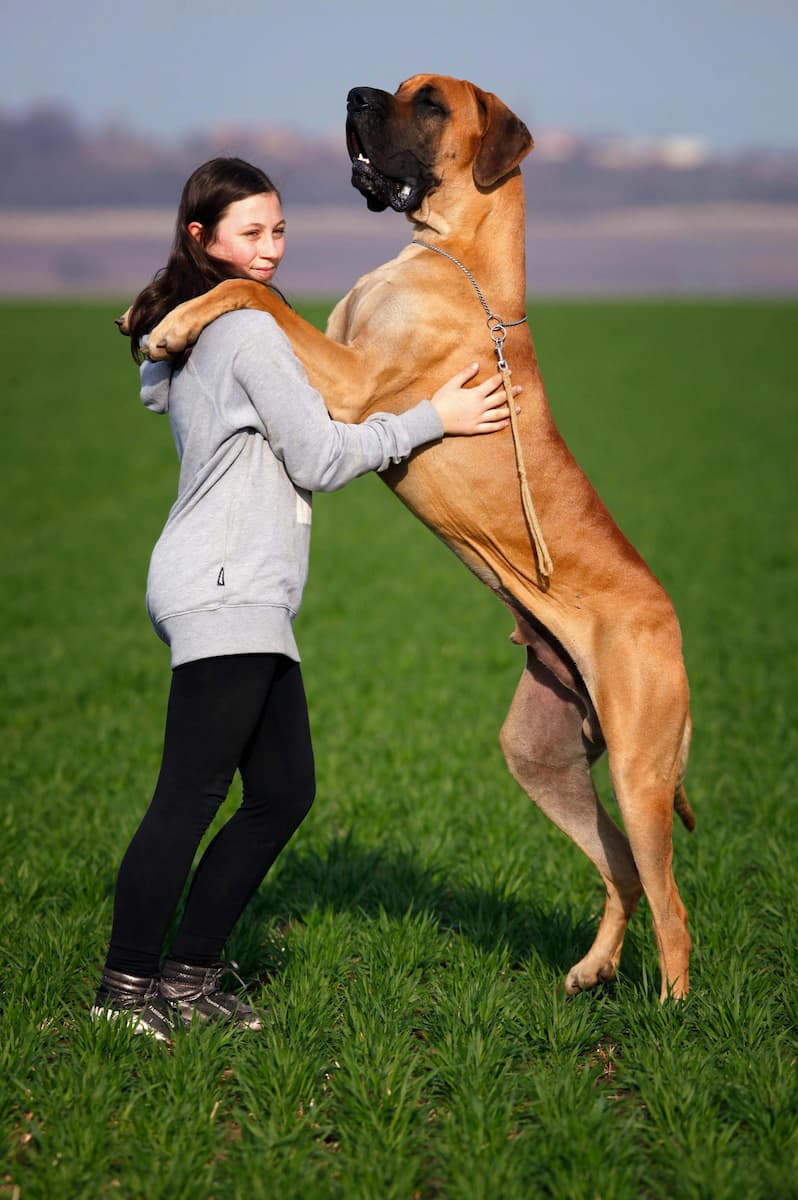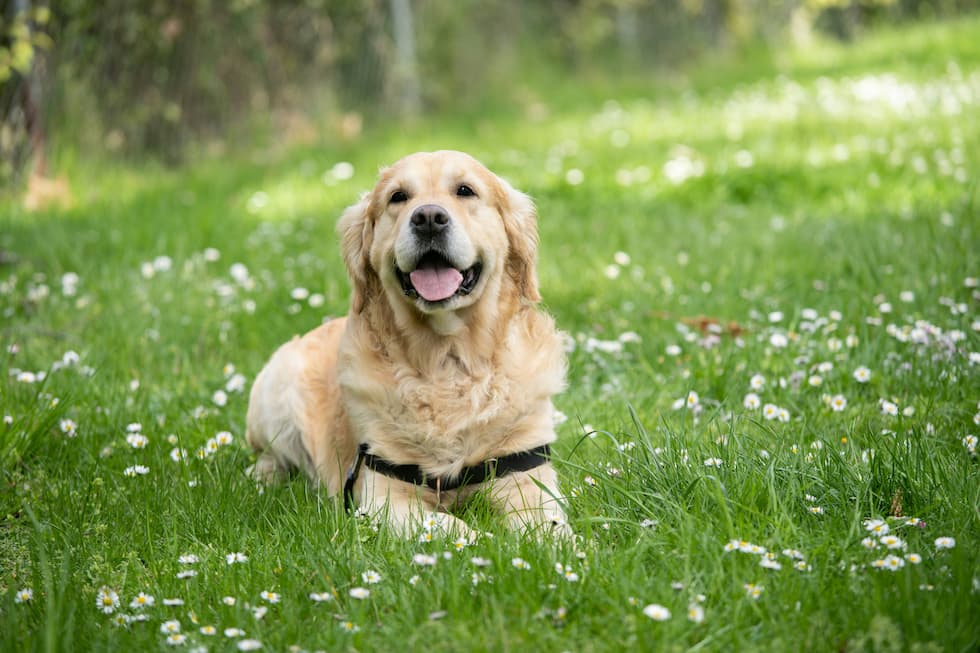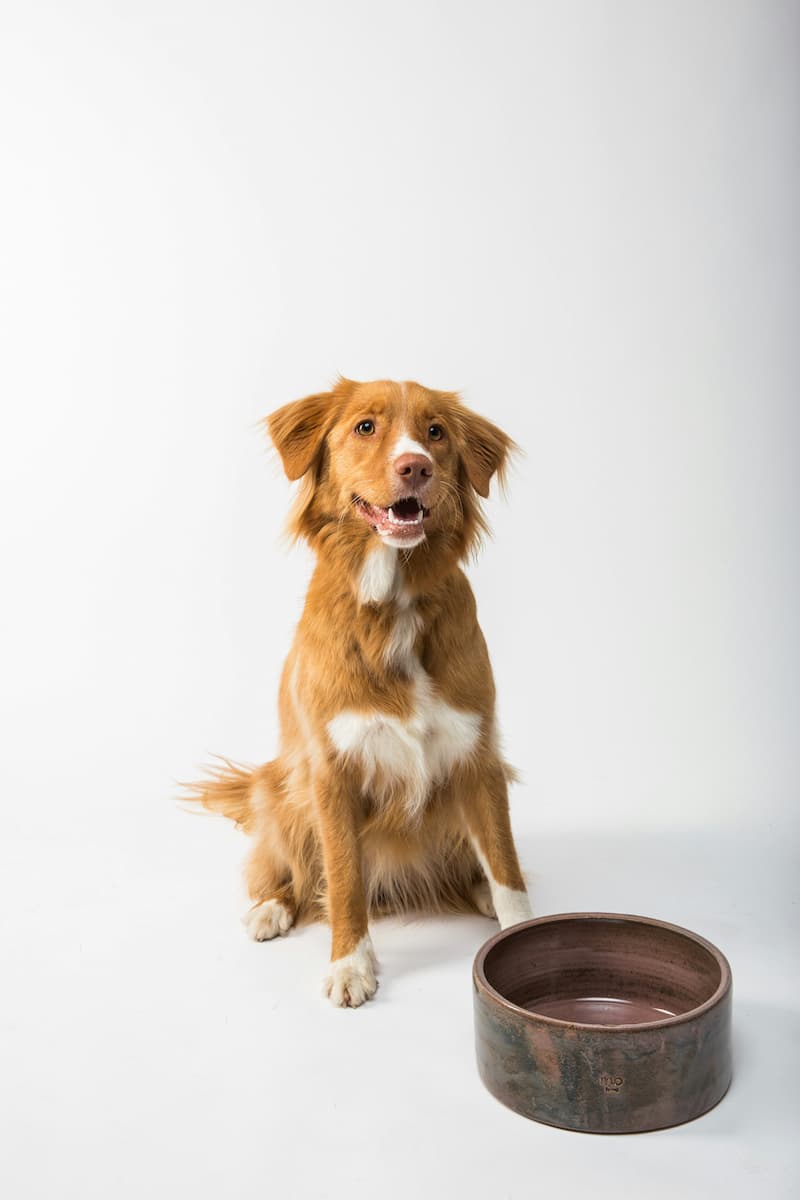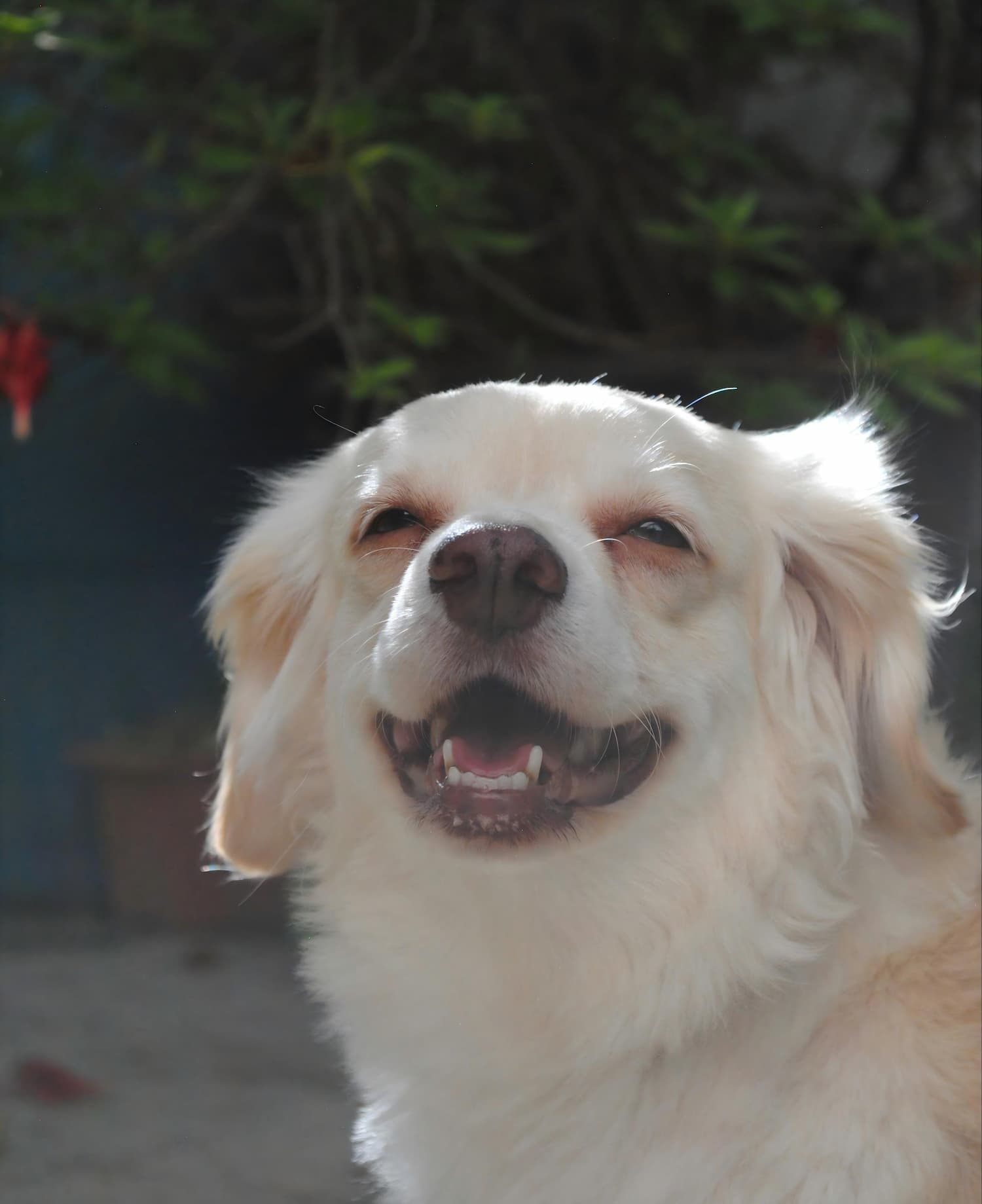It’s a familiar scene: your excited dog greets you (or a visitor) by leaping up. While the dog just wants attention, dog jumping on people can be frustrating or even dangerous (muddy paws, scratches or knocked-over guests). If you’re wondering how to train a dog not to jump on people, This article we’ll explain why dogs jump, how to change the behavior with positive training (essential for any puppy or adult), and which methods not to do.

Why Do Dogs Jump on People?
Jumping is a natural greeting behavior for dogs. the SF SPCA explains that jumping is “the canine way of saying hello, not an attempt to dominate you. Puppies learn to lick a mother’s face in the litter, so when they grow up they instinctively jump to reach our faces. Other common reasons dogs jump include excitement, attention-seeking, and playfulness. In other words, the dog has learned that jumping usually earns a reaction (petting or talking) from people. Understanding this is key to how to train a dog not to jump on people effectively.
Greeting: Dogs jump up to get to eye level and say hello. It’s a sign of excitement, not aggression.
Attention/Play: Jumping often gets petting or starts play. Puppies and young dogs especially may hop up to initiate fun.
Exploration: Sometimes dogs jump to reach or sniff something high up (like food or a person’s face).
No matter the cause, remember: your dog isn’t being naughty. It just hasn’t learned another way to greet.
How to Stop Dog from Jumping on People?
The key is consistency and positive reinforcement. You want to teach your dog an alternative behavior (usually sitting or keeping all four paws on the floor) and make sure jumping never brings attention. Follow these practical steps, and include your family and visitors in the training:
Ignore the Jump: When your dog leaps up, do nothing. Turn your body away or step back so the dog can’t touch you. Crossing your arms or standing still shows you won’t react. Wisconsin Humane advises that everyone in the house (and guests) should consistently ignore the jumping. This teaches your dog that dog jumping on people gets no attention.
Reward Calm Behavior: As soon as your dog has all four paws down, lavish it with praise, pets, or a treat. For example, the SPCA of Texas recommends immediately petting and praising the dog when its feet land. Over repeated greetings, only reward the dog after it stays grounded for a few seconds. This teaches the dog that staying down earns attention, whereas jumping gets nothing.
Teach “Sit” for Greetings: Training your dog to sit for greetings is one of the best ways to train dog not to jump. Ask your dog to sit before you (or someone else) pets it, and only reward if it stays seated. The AKC suggests tethering the leash and requiring a sit for greetings: if the dog stands up, the person calmly walks away and then tries again. Practice asking for a sit in different situations (doorways, before play, when guests arrive). Soon “sit” will become the polite way for your dog to greet people.
Manage the Greeting Environment: Prevent jumping opportunities. When you know someone is about to arrive, put your dog on a leash or in a different room until everyone is ready. The SPCA advises keeping the dog beyond jumping range when guests come in. Training expert Katherine Cronin, Ph.D. even recommends asking visitors to pretend the dog doesn’t exist at first – no eye contact or touching – until you release the dog calmly. In other words, tell guests to completely ignore the dog when they arrive, then only pet the dog once it’s sitting calmly.
Use Treats Strategically: Keep high-value treats handy for training moments. During initial lessons, toss treats on the floor in front of your dog as you approach. The AKC calls this the “four on the floor” trick: by feeding treats to the dog on the ground while the person greets, the dog automatically must stay down to eat. Reward the dog during this time with petting and praise. Gradually, give fewer treats – praising calm greetings alone should become its reward. Over time your dog will learn that being polite (sitting or keeping paws down) brings the attention and treats it loves, but jumping up brings nothing.

Along with those steps, always make a calm greeting routine. For example, ask your dog to sit or stay before opening the door, and only walk through or pet the dog once it’s settled. As one trainer puts it, have patience: give the command, then only praise or open the door when your dog chooses to sit quietly. With time, your dog will associate four paws on the floor (or a polite sit) with positive outcomes, and will naturally start offering that behavior to get what it wants.
What Not to Do When Training Your Dog?
Just as important as what to do is what not to do. Avoid any actions that could confuse or hurt your dog, or accidentally reinforce jumping:
Don’t give attention during jumping. Never pet, push, scold or even make eye contact when your dog’s feet are off the ground. Any kind of response is attention – even yelling “Down!” can sound like play. PetMD advises, “Don’t pay attention to a dog that is jumping… Try not to touch or make eye contact until all four feet are on the ground”. If you do react, the dog will learn that jumping works.
Don’t push or hit the dog. Physically pushing a jumping dog or hitting it is counterproductive. It may look like a game to the dog and actually encourage more jumping. The SF SPCA warns, “Don’t push away your dog or scold them… That’s more than enough attention to keep them jumping”. Likewise, do not bring your knee up to block the dog or step on its paws – these can hurt the dog and make it fearful or confused.
Don’t reward afterward. If your dog jumps and you finally say “sit” or “down” after it leaps, and then you pet it, the dog will think its jumping got the treat. Instead, only reward the correct behavior the instant it happens, not a moment later. For example, don’t praise your dog after it has already stood up from a sit – praise it the moment it sat, so it connects the reward to the sit.
Don’t allow chaotic greetings. Excited, loud entrances make jumping much worse. Ask family and guests to remain calm, enter quietly, and only pet the dog when it’s sitting. As PetMD notes, “Don’t allow your house guests to have a loud and chaotic entrance… Ask them to come in quietly and calmly”. A low-key arrival helps your dog stay relaxed.
Don’t use harsh punishment. Avoid kneeing the dog in the chest, stepping on its toes, yelling, or any form of physical punishment. RSPCA experts strongly caution that such aversive methods are inhumane and can actually worsen behavior. They may break trust, make the dog fearful, or just make it more jumpy. Instead, stick with gentle, reward-based training – after all, the goal is a happy, polite dog.
Conclusion
Teaching your dog not to jump is all about consistency and positive reinforcement. By ignoring unwanted jumping and rewarding four-paws-down behavior, you’ll transform chaotic greetings into calm, polite ones. Remember, how to train a dog not to jump on people isn’t about dominance—it’s about clear communication and rewards. Stay patient, practice regularly, and soon your dog will prefer polite sits over enthusiastic jumps.
FAQ
How do you react when a dog jumps on you?
The best response is usually to do nothing and ignore the jumping. Fold your arms or turn your back, avoid eye contact, and wait for the dog to sit or stand quietly. According to PetMD, “The best way to react to a jumping dog is usually to ignore them!”. If simply ignoring doesn’t work, calmly ask the dog to sit before giving any attention. Pushing or shouting can actually encourage jumping, since it looks like play to the dog.
Does a dog jumping on you mean they like you?
Not exactly. Jumping is usually just an excited greeting, not a measured sign of affection. Dogs “jump up to say hello” or because they’re eager to interact. The SF SPCA stresses that jumping is not dominance or spite – it’s simply that the dog hasn’t been taught another way to greet. In other words, your dog is happy to see you (or a new person), but hasn’t learned calmer manners yet. It’s normal canine excitement, not a test of authority.
Why does my dog jump on me all of a sudden?
Often it’s because something reinforced the behavior. Maybe people have been laughing or petting it only after it jumped, so the dog learned jumping gets attention. The Wisconsin Humane Society also notes that dogs often jump because “for most dogs, [attention] is reinforcing — the dog thinks that jumping earns them what they want”. In short, your dog likely remembered that jumping worked before. With consistent responses, the “sudden” jumping will fade as your dog learns a better way to greet.
Visited 1 times, 1 visit(s) today




